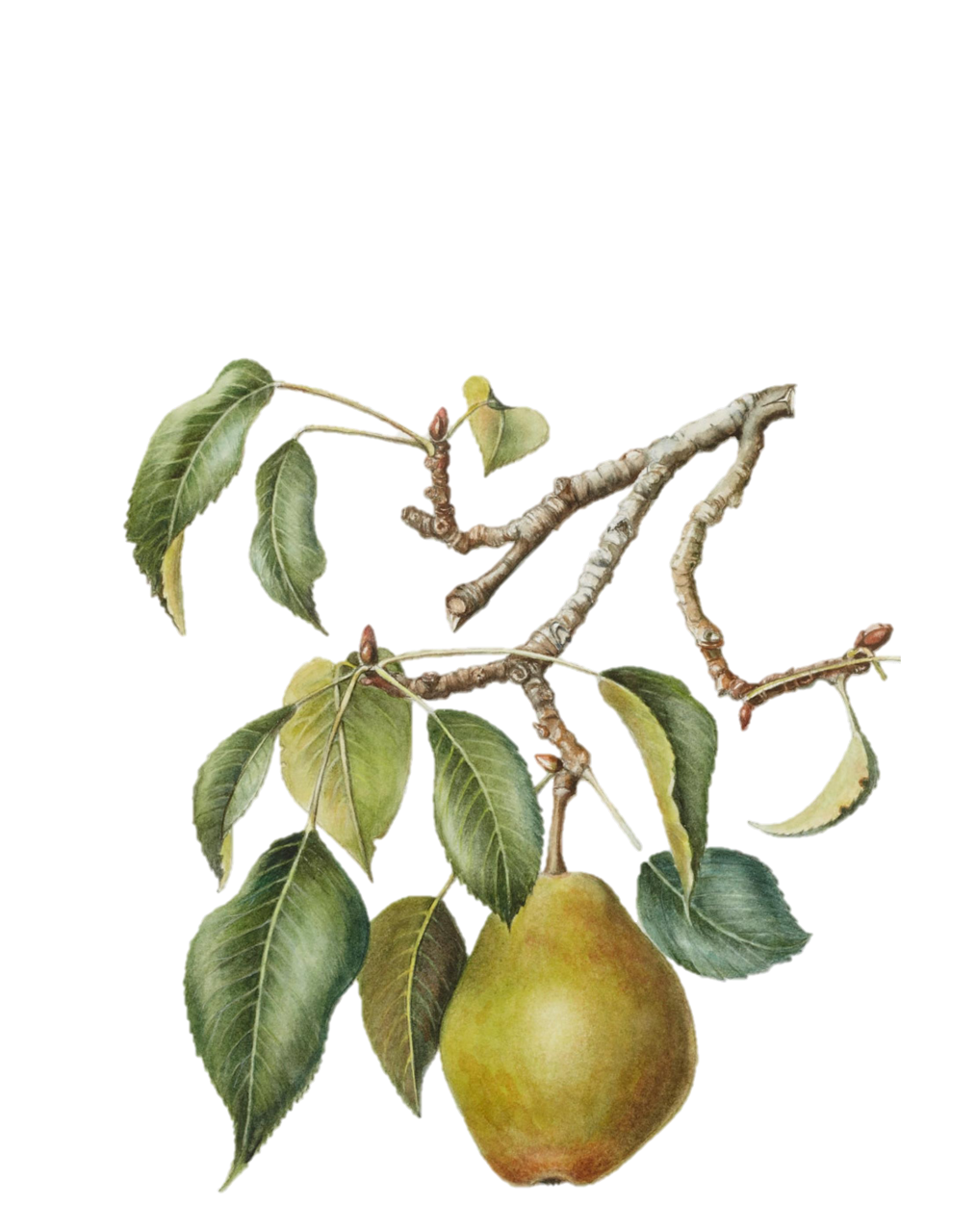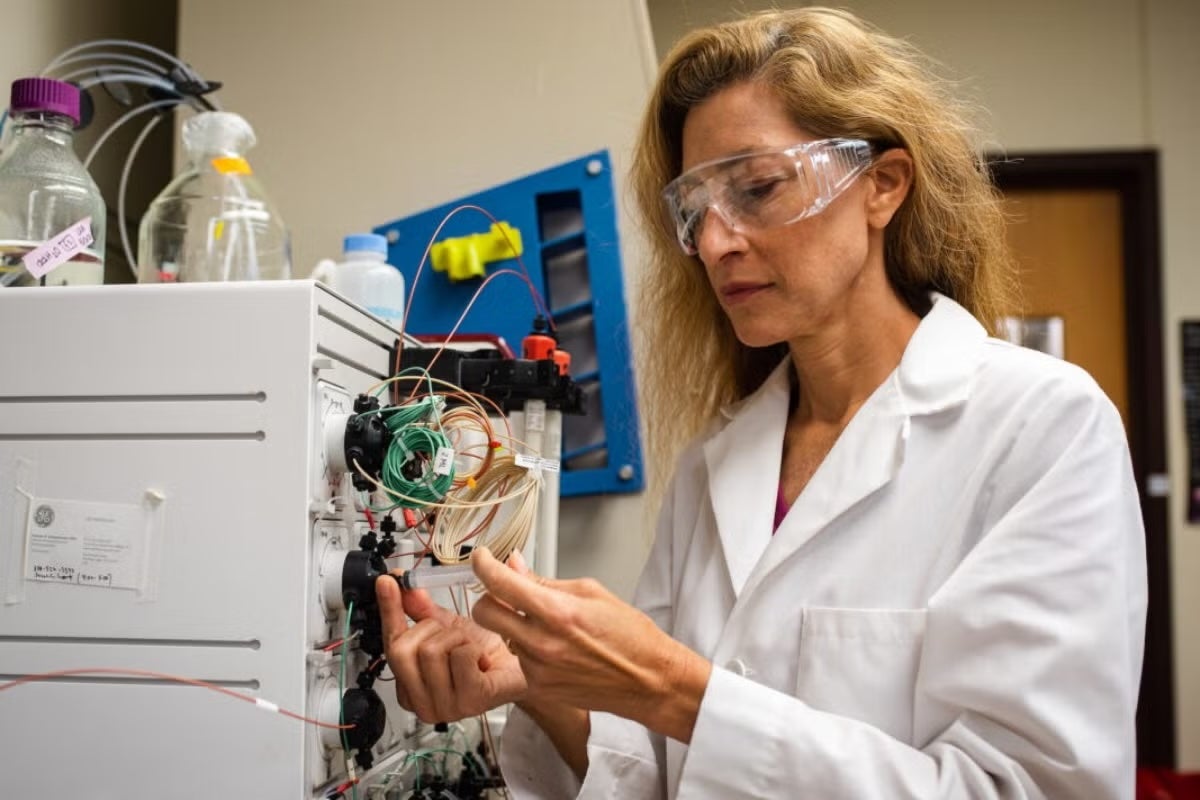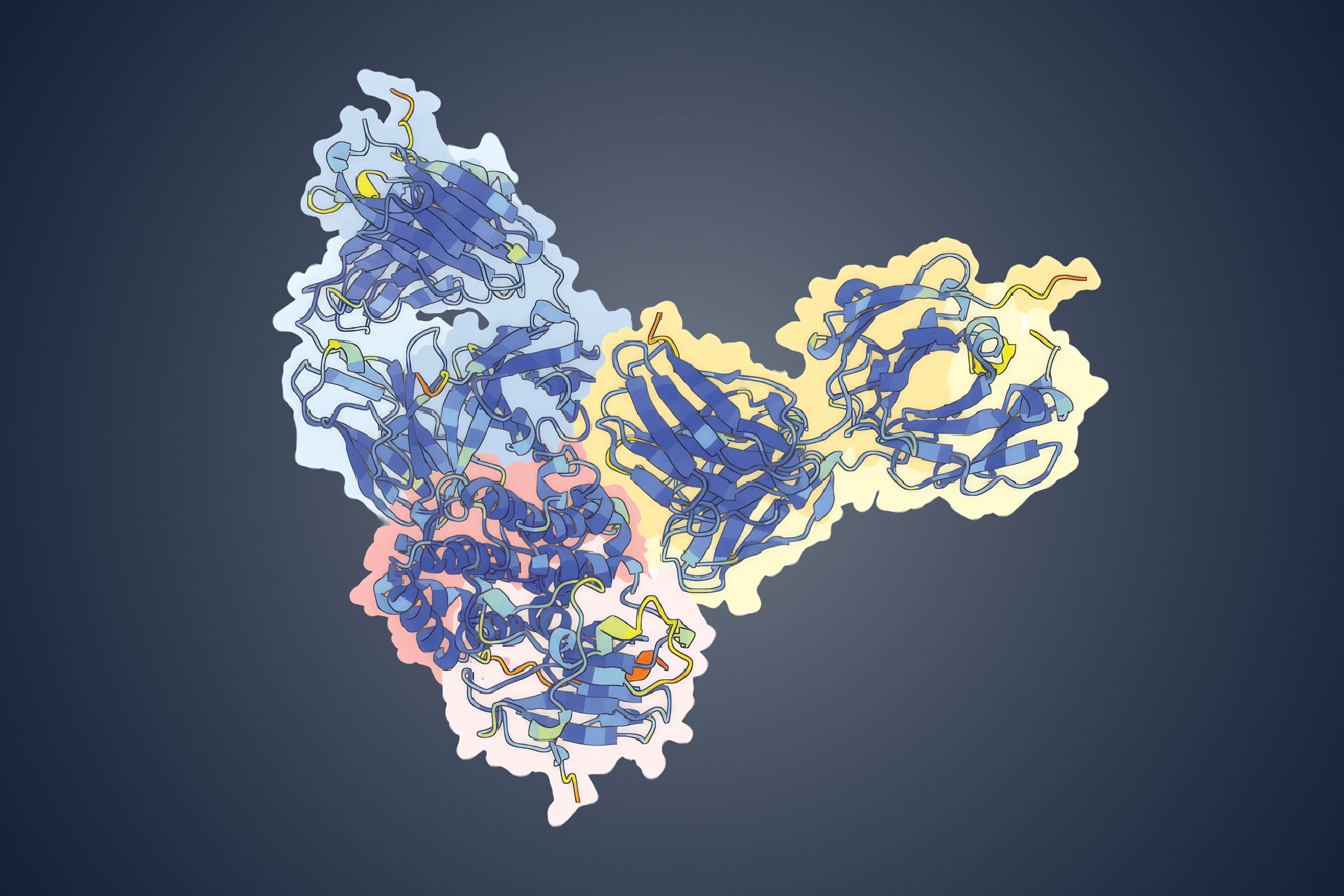Researchers Create Largest Ever Map of Plant Proteins and Their Assemblies
Their findings could have applications crop yields, disease and stress resistance in plants, and informing biofuel production.

In a new paper in Cell, researchers at The University of Texas at Austin offer the largest survey to date of proteins in plants, examining 13 different species across 1.1 billion years of plant evolution. Their findings could have practical applications such as increasing crop yields, understanding disease and stress resistance in plants and informing biofuel production.
"Plants are foundational to our climate, agriculture and civilization. We want to know how they work at a molecular level because they are so critical," said Edward Marcotte, professor of molecular biosciences and the corresponding author of the paper. "We know far more about the molecular workings of animals and humans than we do for plants, even though they are so important. We launched this project to determine the molecular makeup of plant cells."
Researchers examined 13 plant species, including soy, hemp, tomato, coconut, broccoli, maize, quinoa, rice, wheat and fern. Using mass spectrometry techniques, the researchers identified nearly 142,000 unique proteins being expressed. By tracking proteins that stayed together through multiple separation methods they were able to catalog interactions among many of these proteins.

A botanical illustration symbolizing the fruits of deep biochemical fractionation and mass spectrometry across the plant tree of life to determine multiprotein complexes preserved over a billion years of green plant evolution. Original illustration by Sally Papoulas.
Plants use proteins to build everything from roots to leaves, and proteins also perform essential functions within each plant, such as aiding photosynthesis or repelling pests. Knowing which proteins may be working together is crucial information for understanding these processes. Previous plant studies have mostly focused on the species Arabidopsis, a type of mustard plant, and had only fully explored about 5% of that plant's proteins in direct experimentation.
"Having this data allows us to connect pieces of previously known information about plant genes and the proteins they code for," said Claire McWhite, a graduate student in cell and molecular biology and co-first author on the paper, along with Ophelia Papoulas. "It also helps us fill in some blanks."
The team used an evolutionary approach to group proteins together that were derived from an original gene in the last common ancestor of the plant lineage. They were also able to determine different protein interactions, which is key to discovering gene and protein function.
"The fascinating part for me is the evolutionary angle," said McWhite. "These proteins have been interacting for billions of years, and we're one step closer with this data to figuring out what they are doing."
Many genes and proteins discovered in the experiment are even shared with humans.
"Plants and humans had a common ancestor a few billion years ago, and we share a lot of genes," Marcotte said. "The structures are different, but in the cells, there is a basic fundamental set of building blocks that are shared across the plant kingdom and, to a large extent, us as well."
While the study did not reveal the function for every protein observed, it gives scientists across the field of plant systems biology an excellent tool for follow-up studies, McWhite said.
"We're already getting a lot of interest from other researchers because of the scope of this data," she said. "They want to know about the protein they study. The benefit of the basic research is we don't know what will come out of it."
Kevin Drew, Rachael M. Cox, Viviana June, Cuihong Wan, Mari L. Salmi, Stanley J. Roux, Jr., Karen S. Browning and Z. Jeffrey Chen of The University of Texas at Austin; Taejoon Kwon of the Ulsan National Institute of Science and Technology; and Pamela C. Ronald and Oliver Xiaoou Dong of the University of California, Davis, contributed to the research. Marcotte holds the Mr. and Mrs. Corbin J. Robertson, Sr. Regents Chair in Molecular Biology.
The research was funded by the Welch Foundation, the National Science Foundation, the Army Research Office and the National Institutes of Health.



